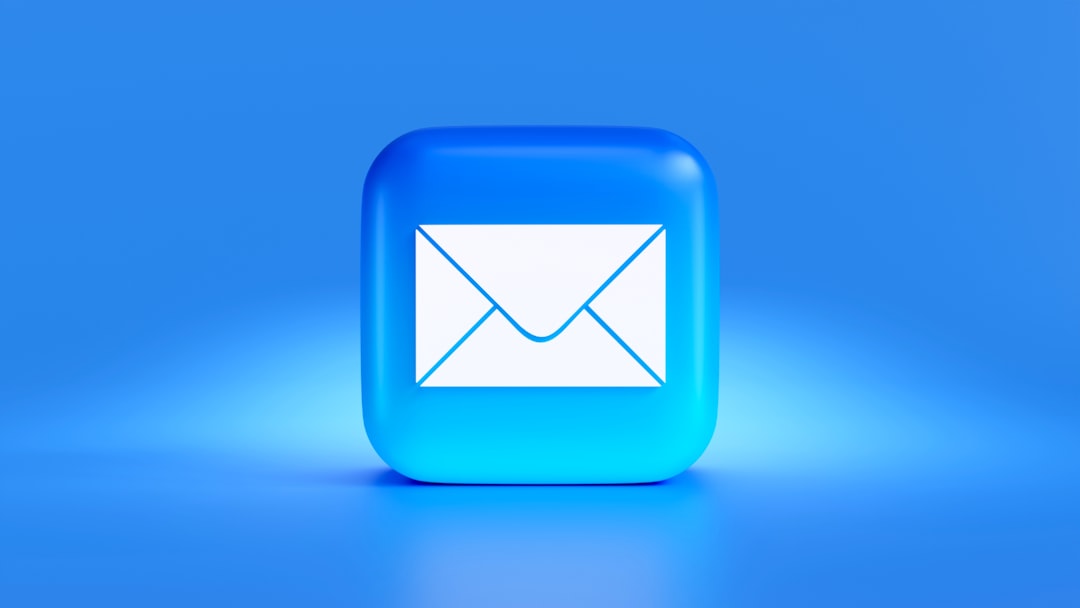In the competitive real estate industry, every communication counts — especially email. For realtors, the email signature isn’t just a routine formality. It’s a critical marketing tool that, when properly optimized, can drive lead generation and foster long-term client relationships. A thoughtfully crafted email signature can help you stand out, build trust, and guide prospects toward action.
Why Email Signatures Matter
Email is still one of the most widely used communication channels among professionals. Whether you’re sending listing updates, market analyses, or responding to inquiries, the end of your email is a golden opportunity to make an impression. Your email signature acts like a digital business card, and more — it provides credibility, showcases your brand, and can include subtle calls to action without overwhelming the recipient.
Key Elements of a High-Converting Email Signature
An effective realtor email signature contains more than just your name and title. Below are the essential components to include for maximum impact:
- Full Name and Title: Make sure your name and professional title (e.g., Licensed Realtor) are clearly displayed.
- Contact Information: Include your direct phone number, office number, and professional email address. Availability is a strong trust factor.
- Headshot: A clear, professionally-taken headshot humanizes your emails and makes you more approachable.
- Company Logo: Reinforce branding and add visual authenticity.
- Certifications and Designations: Display any professional accolades or certifications (like CRS, GRI), which serve to boost credibility.
- Call to Action (CTA): Effective CTAs can prompt leads to schedule a consultation, view listings, download a free guide, or follow you on social media.

Best Practices for Signature Optimization
When optimizing your email signature for lead generation, aesthetics and strategic messaging must go hand in hand. Here’s how to perfect yours:
1. Keep It Clean and Professional
Less is often more. Avoid cluttering your signature with excessive text or large images. Consistent font size, brand-centric colors, and a layout that flows well on both desktop and mobile make all the difference. Ensure visual elements like your logo and headshot appear at a respectable resolution and are not too large in file size.
2. Use a Trackable Link
Lead generation is greatly improved when you can measure what works. Instead of a generic link to your homepage or social profiles, consider using UTM parameters or shortened, trackable URLs. This allows you to monitor which signatures are driving clicks and engagement.
3. Add a Calendar Link
Including a “Book a Free Consultation” or “Schedule a Call” link using tools like Calendly or Microsoft Bookings allows prospects to take immediate action without needing to send another email. Make sure the scheduling page is streamlined and branded to reduce friction in the decision-making process.
4. Promote Your Latest Listings or Resources
Below your core signature details, consider adding a simple branded banner promoting a featured listing, market report, or free e-book. Rotate these promotions periodically to keep things fresh and relevant. Just one click from a curious recipient can lead to a qualified lead.

5. Social Proof and Reviews
Attach or link to trusted reviews or your profiles on platforms like Zillow, Yelp, or Google Reviews. A small banner or a line like “★★★★★ Top-rated on Zillow” offers instant validation and can nudge a hesitant lead toward contacting you.
Compliance and Legal Considerations
Because real estate is a highly regulated industry, it’s crucial to include any mandatory disclaimers according to your state laws or brokerage requirements. This might include brokerage address, license number, or disclosure statements. Never overlook this section — it’s not just about compliance; it also adds legitimacy to your signature in the eyes of risk-averse clients.
Mobile Optimization Is a Must
With more than 60% of emails being read on mobile devices, your signature must render properly on smaller screens. Use responsive design principles, avoid overly wide images, and test how your signature looks on different devices before rolling it out.
Conclusion
Used wisely, an email signature can be a silent sales consultant working on your behalf. By combining strong visual elements, clear calls to action, and useful links, realtors can turn a standard email conclusion into a dynamic marketing asset. Continually testing and refining your email signature with analytics will ensure it remains effective over time, helping you generate leads, build trust, and ultimately close more deals.
Think of your email signature as prime digital real estate — make the most of every inch.